
Employees work on a photovoltaic production line in Hefei, Anhui province. (RUAN XUEFENG/FOR CHINA DAILY)
China's photovoltaic industry is poised to grow further this year, with domestic installed capacity and power generation expected to maintain rapid expansion, the China Photovoltaic Industry Association said on Wednesday.
The association forecasts new PV capacity addition of 190-220 gigawatts (GW) this year, with consumption and demand for solar energy in China projected to remain high and steady in the coming years, said Wang Bohua, honorary chairman of CPIA, during a PV industry conference in Beijing on Wednesday.
With continuous breakthroughs in PV technology and more diversified export market, renewable energy generation is predicted to play a dominant role in the power generation landscape by 2030, he said.
Manufacturing, installed capacity and exports of the solar sector are expected to show robust growth, he added.
According to Wang, investment costs associated with solar power stations in China witnessed a substantial decline over the past year, and this is poised to have a positive impact on the country's solar energy sector, potentially contributing to increased accessibility and sustainability.
This favorable trend may further stimulate growth and investment in China's expanding PV landscape, said Zhao Tianyi, an analyst at BloombergNEF.
After achieving a historic high in newly installed capacity in 2023, China's PV market is set to continue its momentum, maintaining a trajectory of high-level and high-quality development, Zhao said.
While the association has estimated a domestic addition of 190-220 GW of new PV capacity this year, BloombergNEF is more optimistic, with a moderate scenario prediction of 255 GW in alternating current, she said.
According to the association, China's solar product exports were more diversified last year, with the share of the top 10 export destinations declining from 70 percent to 62 percent. Notable countries on this list included the Netherlands, Brazil, Spain and India.
European countries remain the country's major export market, constituting 42 percent of the total exports, while Asia's share rose from 36 percent to 40 percent.
Despite the optimistic outlook, Wang also warned of challenges, including solar energy consumption and land use concerns.
China has consistently been at the forefront of global research and development in solar power generation technology.
According to Wang Shijiang, secretary-general of the association, technological prowess has been evident in continuous breakthroughs, including the 33.9 percent conversion efficiency in crystalline silicon-perovskite tandem solar cells set by China's solar energy giant Longi Green Energy Technology Co Ltd last year, yet another world record.
The PV conversion efficiency of solar cells is a crucial indicator and benchmark for evaluating the potential of PV technologies, while improved cell conversion efficiency and reduced cost of electricity are key drivers in the development of the PV industry, said Longi.
According to Jiang Hua, deputy secretary-general of the association, cost reductions and efficiency improvements are at the core of the photovoltaic industry, which is cost-driven. Continuously enhancing the conversion efficiency of photovoltaic cells is an effective measure to reduce the overall cost of photovoltaic power generation, he said.
China added 216.88 GW of new PV capacity in 2023, up 148.12 percent from 2022, when the country added 87.41 GW of solar. China's cumulative PV capacity reached 609.49 GW by the end of 2023, according to figures released by the National Energy Administration.
Investments in the Chinese PV market totaled 670 billion yuan ($94.4 billion) in 2023, it said.








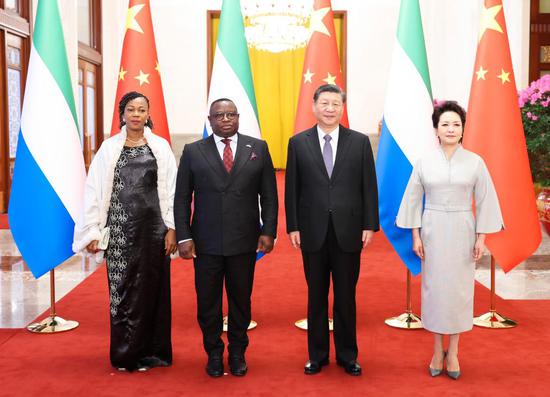

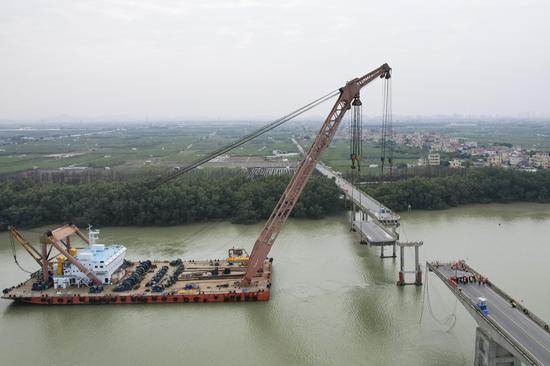
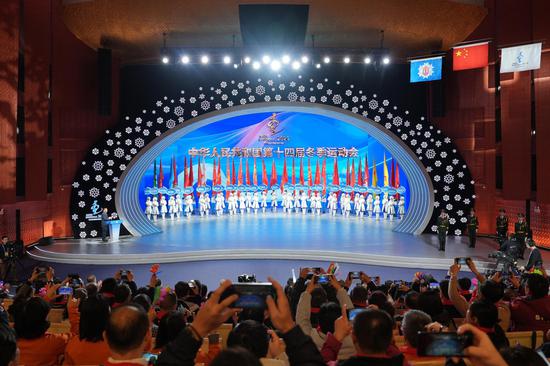


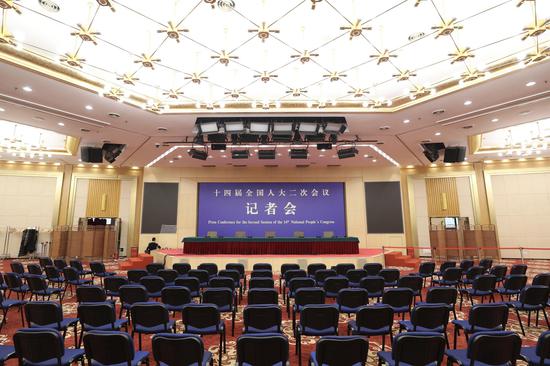
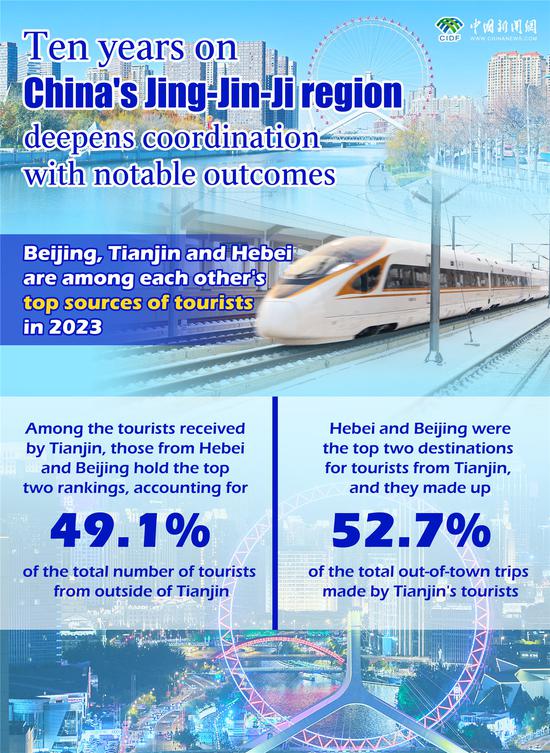

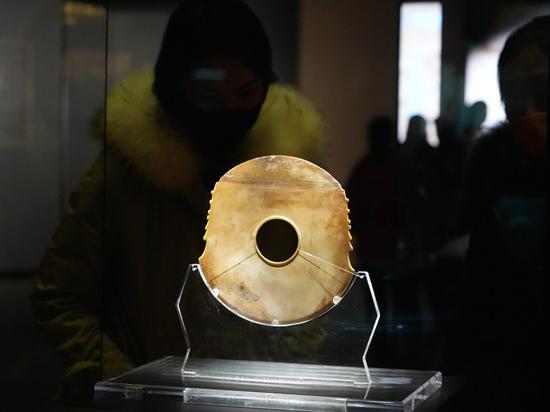













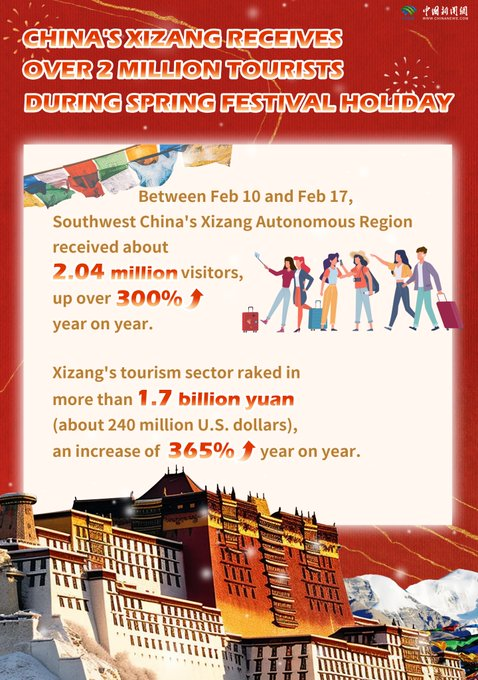
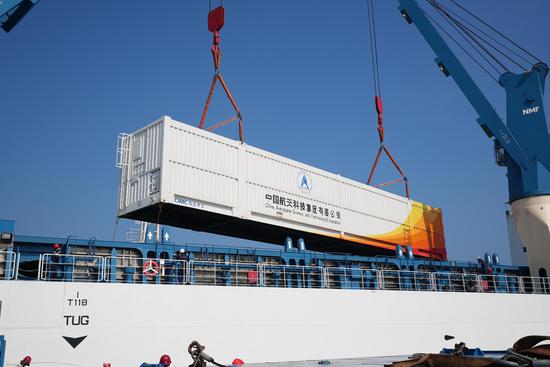
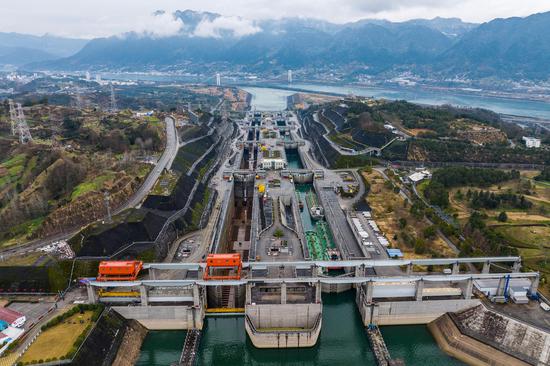




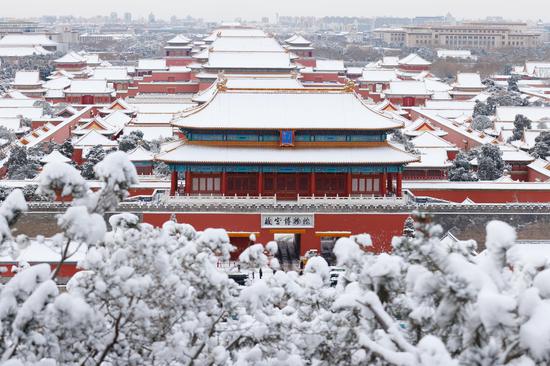







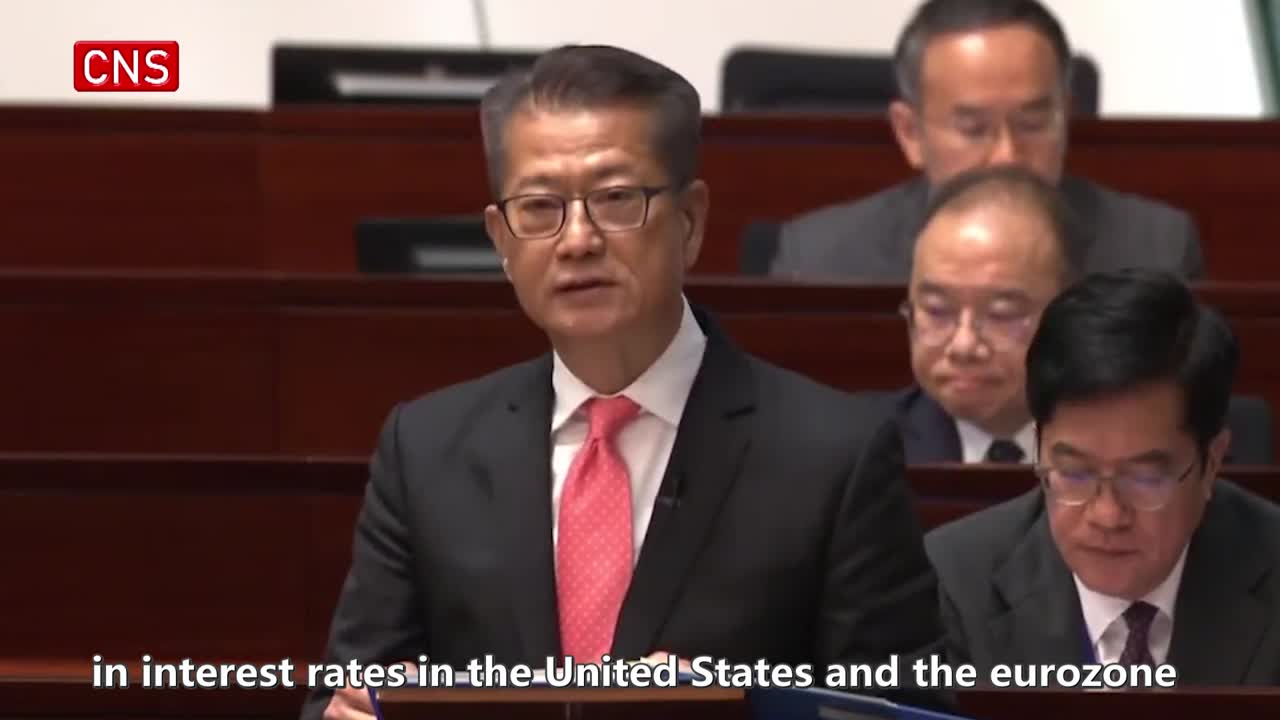



 京公网安备 11010202009201号
京公网安备 11010202009201号